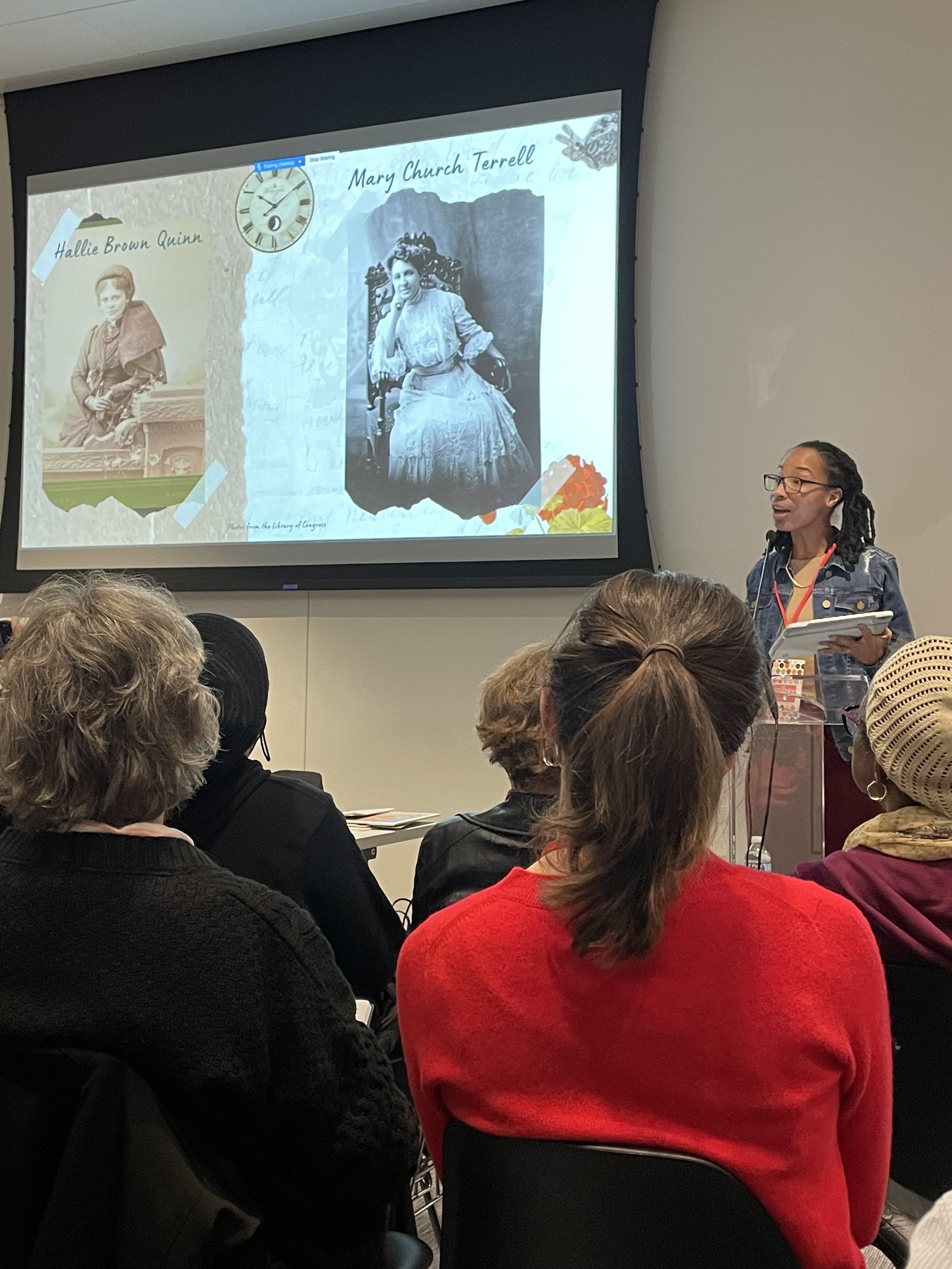Public Scholarship
The Capital Was Never a Paradise: Mary Church Terrell and the Struggle for Racial Equality Presented in March, 2022 at the D.C. History Conference
Mary Church Terrell was a public orator and writer who used her platform to advocate for the liberation of African Americans. Her speech, “What it Means to be Colored in the Capital of the United States,” was delivered at the United Women’s Club in Washington, DC on October 10, 1906. In this speech, Terrell challenged the belief that DC was a “paradise” for African American people by illustrating how systemic barriers on education, housing, and jobs hindered them from obtaining full citizenship. African Americans, as Terrell assessed, were excluded from public spaces such as theaters, restaurants, hospitals, and schools, which impacted their capacity to enjoy the Capital. The presenter will explore the contextual elements surrounding Terrell’s speech to demonstrate the various ideologies and barriers that restricted equitable participation for African Americans in civic life.
Propaganda and Protest: The Mammy Monument and the Power of Historical Narratives presented in March 2023 at the D.C. history conference
This presentation examines materials from the United Daughters of Confederacy (UDC) and the National Association of Colored Women (NACW) regarding the construction of a Black Mammy monument in DC. During the early 1920s, the Virginia Chapter of the UDC proposed an erection of a mammy statue in Washington D.C to recognize the mammies of the South. The only restrictions Senator Williams put on the building of the statue were that it could not be built in the White House, Capitol Building, Library of Congress, or Potomac Park. To combat this, the NACW alongside the National Association for the Advancement of Colored People (NAACP) gave public speeches describing their opposition to the statue and posted letters in the Black press. These letters in the Black press worked to reject Lost Cause ideologies which emphasized the current racial order that was maintained through Jim Crow laws. This presentation will examine materials from the archives of newspapers including the Confederate Veteran, the Monitor, and the Colorado Spring regarding the UDC's advocacy for the archive and the NACW resistance toward its erection.




